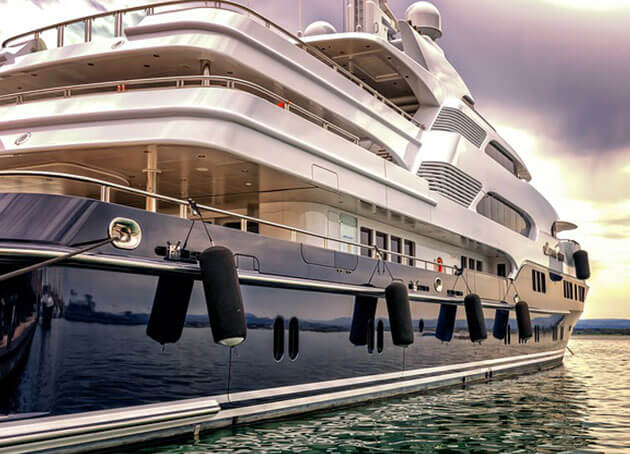
Stress Analysis at Manufacture and Operation of Ship Building and Structural Steelwork
Evaluation Method: Rainflow (RF) & Transient Mode with Trigger (TM) & Time at Level (TaL), Sequential Peaks (SQTMS)
Channels: Twenty
Object: Structure of ship’s body
Purpose: Optimisation of the welding process
Large steel structures in the ship building and steel building industry are usually joined by welding technique. Welding involves local heating of the steel which leads to basic changes in the microstructure of the material and results in significant shrinking forces. The free shrinkage is constrained near the weld seam during cooling down which entails welding deformations and residual stresses. This increases the failure risk under operational load. Detailed knowledge is required on the distribution of the deformations and stresses to optimise the welding technique and the failure risk. In view of increasingly strict safety regulations the monitoring of existing steel structures becomes more important, too.
